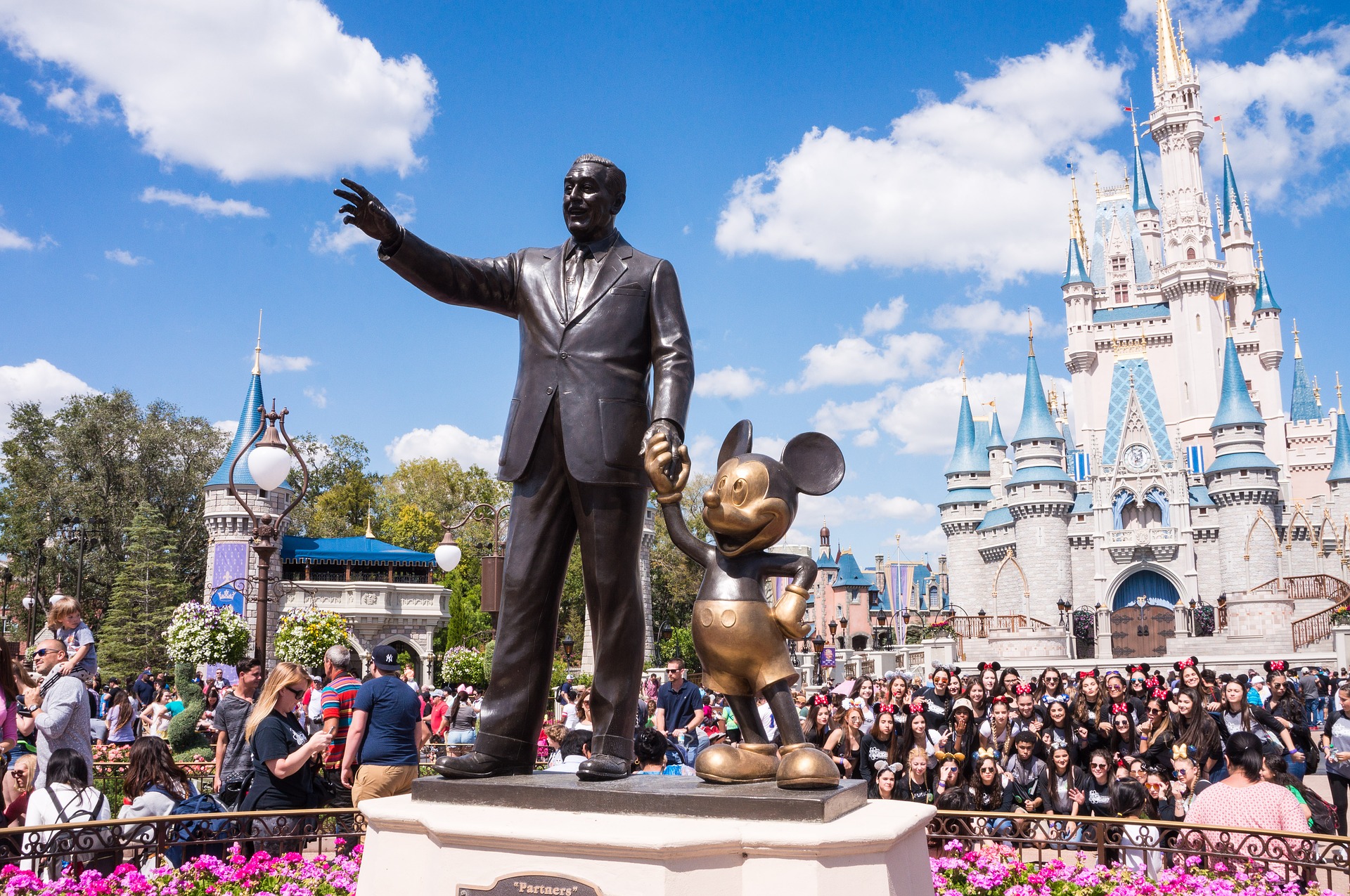(BFM Bourse) – The American media giant’s shares have been falling since the start of the year, due to market doubts about the performance of streaming. But the CEO’s efforts and promising theme park business are drawing confidence from some analysts.
The enchanted kingdom has clearly lost its magic. Since the start of the year, the Walt Disney Company stock has suffered, losing nearly 7% while the S&P 500 has gained 12.2%.
Worse, at its current price, the stock has been at its lowest levels for almost 10 years, since 2014 to be exact.
Several factors explain the decline in the stock. The American group suffered from strikes in Hollywood, which affected both screenwriters and actors, which froze future television and film production.
In addition, the stock may have suffered from a disagreement over distribution with cable television provider Charter Communications, which still has 15 million subscribers in the United States. For more than a week these subscribers no longer had access to Disney programs. However, the two companies reached an agreement two weeks ago.
>> Access our exclusive graphic analyses, and gain insight into the Trading Portfolio
Streaming efforts that are not yet convincing
But the main source of market fears probably remains the activity of Disney+, Disney’s paid online video service, which faces intense competition from Netflix, Amazon, Apple and even Paramount.
During the last quarter (the third in the group’s fiscal year), the number of subscribers fell in its domestic market, that is to say Canada and the United States, from 46.3 million in the previous quarter at 46 million. Across all geographies, the average revenue per user fell by 30 cents over one year to $6.31, which can certainly be explained by the fact that the group launched an offer with advertising in the United States ( and therefore cheaper for subscription). This offer will also arrive on November 1 in Canada and Europe.
The group has raised its prices several times in one year, which may have penalized its commercial dynamics. The idea being to contain losses which, according to Wall Street Journal amounted (since 2019 and the launch of Disney+) to more than $10 billion in the “direct to consumers” segment which, in addition to Disney+, includes the streaming services ESPN+ (focused on sports) and Hulu.
In the third quarter of its 2022-2023 fiscal year, this DTC segment still posted an operating loss of $500 million, certainly reduced by more than two compared to the $1.1 billion for the same period of the previous fiscal year. This is because Wall Street is starting to refocus its attention from the number of subscribers to operational profitability, as Bloomberg points out, impatient to see Mickey Mouse’s House reach balance on Disney+. Even though the move towards streaming remains a necessity, linear television (that which is watched live) is in sharp decline. In the third quarter, revenues from this type of television fell by 7% year-on-year.
According to close sources cited by Bloomberg, the group will have to lower its ambitions in terms of the number of subscribers, because it was targeting between 215 million and 245 million worldwide at the end of 2024, still a year ago, when the The figure stood at 146.1 million as of July 1.
And at the same time, the company is tightening its costs and reducing its workforce with 7,000 job cuts announced (i.e. 4% of its total workforce) at the start of the week which should make it possible to generate savings of 5.5 billion dollars on an annual basis.
Theme parks have a magnificent growth reservoir
It remains to be seen whether the enchanted kingdom can find the right formula. Last week JPMorgan reiterated its overweight advice, according to Barrons, with a price target of $125, giving upside of more than 50%.
She is not alone. Bank of America confirmed its buy rating with a price target of $110. The American bank has faith in the recovery plan of the famous general director, Bob Iger, who was recalled at the end of 2022 to take over the controls of the drunken boat.
The bank believes that the group has four priorities to respect, namely restoring the profitability of the DTC segment, managing the transition to linear television, revitalizing artistic creation and “turbo-charging” the growth of its amusement parks.
On this last point, Disney recently announced an ambitious investment plan of 60 billion dollars for its twelve theme parks (and its cruise services) for the next ten years. Which is all the more crucial as the good performance of this division has made it possible to absorb the costs of the shift towards streaming. In the third quarter, the “parks, experience and products” segment recorded growth of 13% and an increase in operating profit of 11% to $2.42 billion.
Since fiscal 2012, amusement parks have seen annual growth of 12% according to Bank of America. But according to the establishment the group still has an unaddressed “affinity” market potential of 700 million people, “which means that for one park visitor, there are more than 10 consumers with an affinity for Disney who do not visit not the parks.” “Given the return profile of these activities, we believe that increasing investments is prudent to drive sustained long-term growth,” the bank adds.
More broadly, regarding the group’s priorities, the bank recognizes that they will take several quarters or even several years to materialize. “But given Bob Iger’s track record and stature in the media industry, we continue to believe his continued leadership bodes well for Disney’s future performance.”
Beyond JPMorgan and Bank of America, 22 of the 31 research firms tracking the stock are Buy according to investing.com and their average price target of $107.18 gives the stock a upside of more than 30%. .
Julien Marion – ©2023 BFM Bourse
